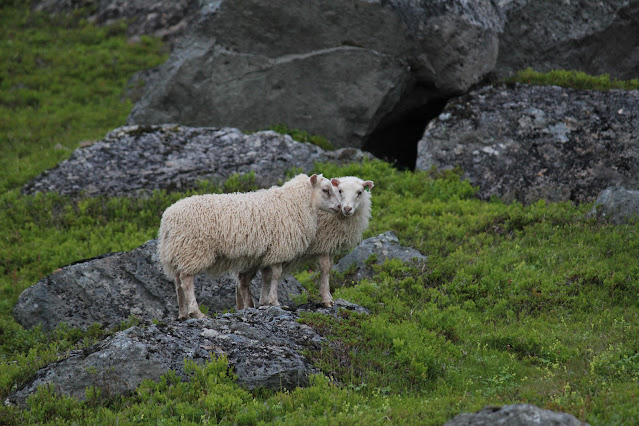The Majestic Karakoram and Himalayan Ranges: A Tapestry of Natural Wonder
Situated in the heart of Asia, the Karakoram and Himalayan ranges stand as two of the world's most breathtaking mountain systems. Spanning across several countries, the Karakoram and Himalayan ranges showcase awe-inspiring landscapes, diverse ecosystems, and a wealth of cultural richness. From towering peaks to deep valleys, these majestic ranges epitomize the awe-inspiring power and beauty of nature. In this article, we will embark on a captivating journey to delve into the enchanting allure of these remarkable mountain ranges. Brace yourself as we traverse through their mesmerizing landscapes, marveling at the breathtaking vistas that unfold before our eyes. With each step, we will witness the harmonious blending of snow-capped peaks, cascading waterfalls, and lush valleys. Furthermore, we will uncover the cultural heritage that permeates these regions, delving into the traditions, beliefs, and customs that have shaped the lives of the people living amidst these majestic peaks.
Geographical Significance:
The Karakoram and Himalayas are both piece of the more prominent Himalayan mountain framework however have unmistakable qualities. The Karakoram Range, which stretches across Pakistan, India, and China, is distinguished by the presence of K2, the world's second-highest peak, soaring to a majestic height of 8,611 meters. With its dramatic and rugged terrain, characterized by jagged peaks, immense glaciers, and deep canyons, the Karakoram Range captivates adventurers and nature enthusiasts alike. The Himalayas, which extend across multiple countries, including India, Nepal, Bhutan, and Tibet, boast Mount Everest, the highest peak on Earth, standing tall at 8,848 meters.
Natural Splendor:
The Karakoram and Himalayas are honored with unmatched normal excellence. Transcending snow-covered tops puncture the sky, making a hypnotizing setting. Icy masses, for example, the Siachen Ice sheet in the Karakoram Reach and the Gangotri Glacial mass in the Himalayas, structure striking frozen streams of ice. These ice sheets are stunning as well as act as fundamental water hotspots for incalculable streams and networks downstream.
Biodiversity and Ecosystems:
The Karakoram and Himalayan reaches support a rich and various exhibit of biological systems. As we climb from the lower regions to the high-elevation areas, we experience different vegetation zones, each facilitating extraordinary plant and creature species. The high knolls of the Himalayas are decorated with energetic blossoms, while the Karakoram Reach is home to interesting species like the snow panther, ibex, and Marco Polo sheep. These uneven locales additionally act as sanctuaries for various bird species, including the magnificent brilliant hawk and the Himalayan monal, known for its beautiful plumage.
Cultural Heritage:
Beyond their natural splendor, the Karakoram and Himalayan ranges are imbued with a rich cultural heritage. Inhabitants of these regions, such as the Baltis, Hunzakuts, Sherpas, and Bhutanese, have cultivated distinctive traditions, beliefs, and ways of life that seamlessly intertwine with their challenging surroundings. Moreover, Buddhist monasteries perched on mountain cliffs, such as the Hemis Monastery in Ladakh, India, and the Tengboche Monastery in Nepal, impart a profound sense of spirituality to the landscape.
Adventure and Exploration:
The Karakoram and Himalayan reaches have forever been a magnet for swashbucklers and mountain dwellers from around the world. From the early campaigns of voyagers like Sir George Everest to the advanced climbers trying to overcome the most elevated tops, these mountains have roused and tested human undertaking. Traveling, mountaineering, and skiing are famous exercises that permit fans to encounter the magnificence of these reaches firsthand.




